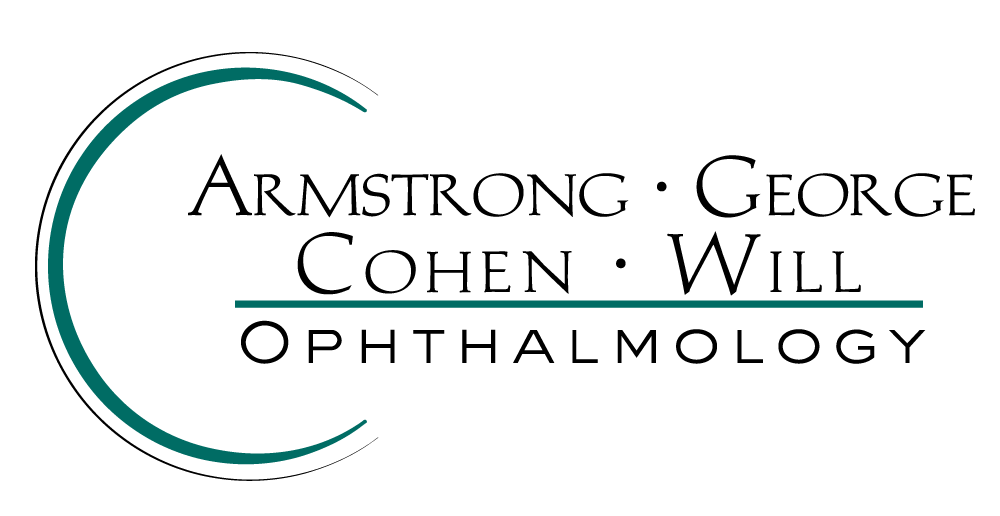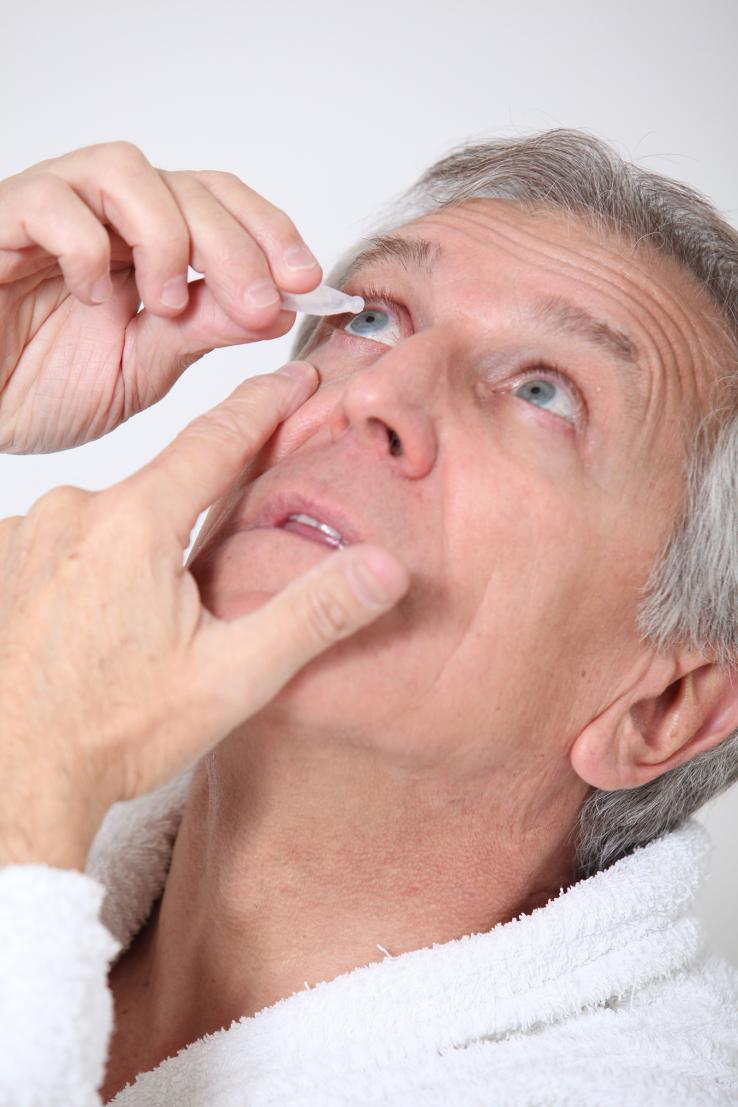Dry eye syndrome is one of the most common eye conditions. Although it can occur at any age, dry eyes affect up to 20% of women after menopause and up to 10% of older men. It can range in severity from mild irritation when using the eyes to a severe debilitating eye disease.
There are two types of tears which the eye produces normally. Baseline tear production forms a clear, healthy tear film which is spread across the eye when we blink. This tear film makes the surface of the eye smooth and clear and allows optimal vision. When this tear film is decreased or becomes abnormal, it can cause an irregularity of the corneal surface, blurring of vision, and eye irritation.
The second type of tear production, reflex tears, can cause an outpouring of tears. The eye overcompensates for dryness by producing excess tears, which continues until the underlying cause of dryness is alleviated.
Symptoms of Dry Eye:
- Stinging or burning of the eyes or a tired feeling to the eyes. This especially occurs after prolonged periods of reading, using the computer or watching television.
- Stringy mucus in or around the eyes.
- Excessive irritation from smoke or wind.
- Blurry vision. This especially occurs after reading or using the eyes for several minutes. The vision will often be clear initially, but then can quickly begin to blur.
- Excessive tearing. Sometimes the surface of the cornea gets dry and irritated and patients will experience an outpouring of tears, just as if they had an eyelash or foreign body in the eyes.
Causes of Dry Eye:
- Age-related, especially in women after menopause; worse in winter with dry heat or in dry climates.
- Meibomian Gland Dysfunction (MGD). This common disorder of the oil glands of the eyelids leads to excessive tear evaporation.
- Blepharitis (red crusty eyelids). This common condition, sometimes associated with rosacea, interferes with the normal oily secretions from the lid margin and contributes to dry eye syndrome in many patients.
- Some diseases, such as Sjogren's syndrome or rheumatoid arthritis, can affect normal tear production.
- Eyelid abnormalities, including thyroid eye disease, can affect the normal blink and can cause increased dryness.
- Certain medications, including anti-anxiety medications, incontinence medications, chemotherapy medications and others, can make dry eye syndrome worse.
- Contact lenses. These require more eye lubrication to be effective. Patients with dry eyes will have trouble with contacts.
Treatment for Dry Eye Syndrome
After diagnosis of the cause of this chronic condition, your eye doctor will recommend the best treatment to lessen the symptoms of your dry eyes. Treatment depends upon the severity of the condition. Options include:
- Artificial tears, the cornerstone of treatment, helps replace the normal tears that the body is no longer producing. Some patients use them just once or twice a day or when their eyes are tired, while others need to use them more frequently and on a regular basis. There are many kinds of artificial tears available over-the-counter. Your eye doctor can recommend the type of tears best for you.
- Restasis and Xiidra are prescription eye drops that can help increase tear production and improve the health of the tear film. It does take several weeks to see results, and treatment will likely need to be supplemented with artificial tears.
- Steroid eye drops help stabilize the ocular surface and calm inflammation associated with dry eye disease.
- Punctal plugs are used in all types of dry eye syndrome. An ophthalmologist inserts a tiny plug in the tear drainage channel, blocking tears from leaving the eye.
- Lid soaks, scrubs or antibiotics are treatment options for patients who have blepharitis and MGD.
Find out how our doctors can help alleviate your dry eyes. Call 215.672.9030 or make an appointment online.

